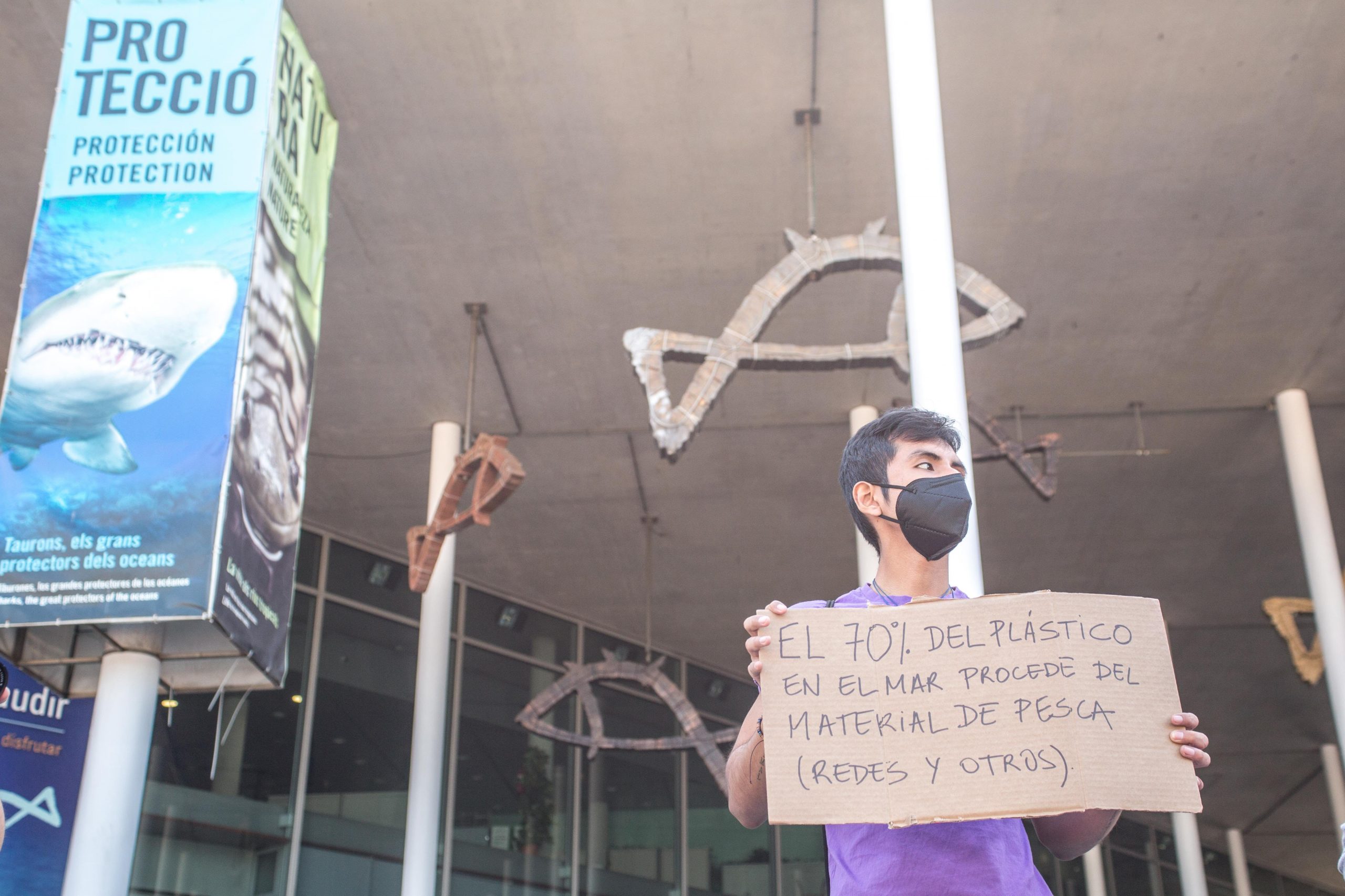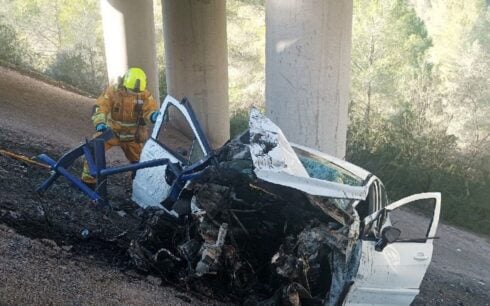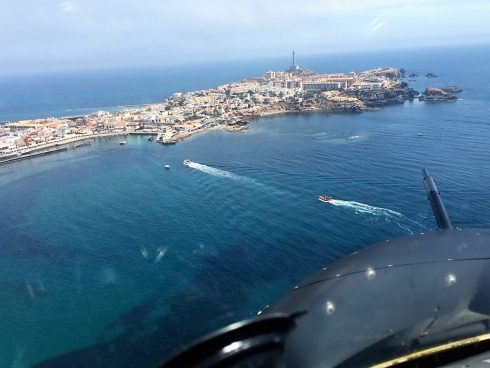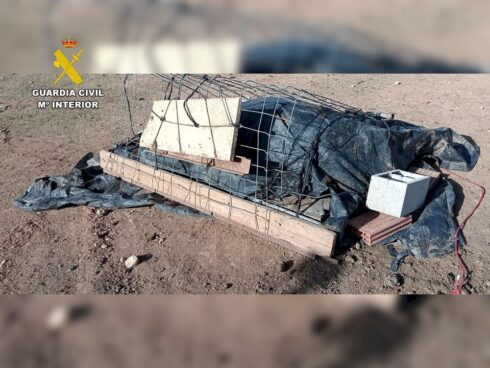VALENCIAN beaches are littered with an average of 665 pieces of plastic for every 100 metres.
According to figures published by the Ministry for Ecological Transition, plastic accounts for 64% of all rubbish cleared from the region’s coast in 2020.
The Spanish government carries out yearly research on 26 beaches throughout the country, one per province, to analyse how much and what type of rubbish can be found on the sand.
In the Valencia region, analysts targeted the beaches of Marenys in Tavernes de la Valldigna (Valencia), La Gola in Santa Pola (Alicante), and Basseta in Peñiscola (Castellon).
On all three Valencian beaches, plastic was by far the most common element collected in each 100-metre sweep.

Furthermore, it accounts for 71% of all refuse found on the Spanish coastline since research began in 2013.
Other common objects include cigarette ends, construction materials, cotton earbuds, crisp packets and bottles.
The ministry reveals that the origin of the waste differs among the three provinces. In Alicante, most of the rubbish is generated by tourism, while Valencia is mostly affected by sewage, and Castellon by fishing.
Spokespeople for the Spanish government department insist on the importance of preserving the environment from plastic and other rubbish, which can remain in the sea for ‘hundreds of years’ and severely endanger the lives of marine animals, as well as our own, as microplastics can enter the food chain after being eaten by fish.
READ MORE:
- WORLD EARTH DAY: Meet the schoolgirl cleaning up Spain’s Costa del Sol one piece of plastic at a time
- Plastic Sea: Almeria’s environmental and humanitarian disaster
- Auf Wiedersehen PET! EU wants Spain to outlaw un-recyclable plastics in packaging









